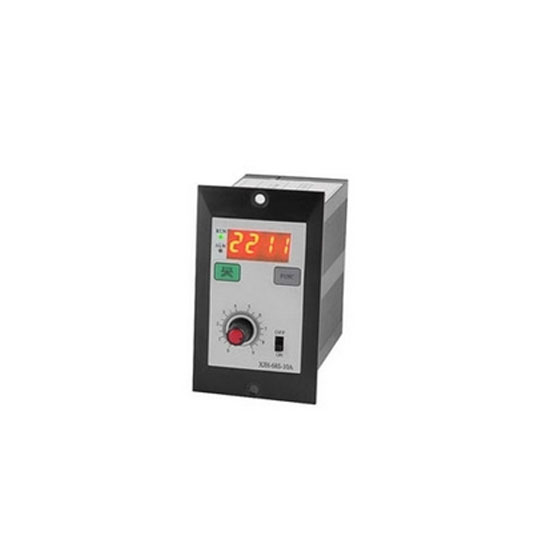A vibration motor is a motor that rotates a mass offset from the center of rotation. They have a cylindrical shape and the mass and axis of rotation are usually exposed. Vibration motor product code Vibration motor product code is composed of four subsections in sequence, namely motor type code, motor characteristic code, design serial number and excitation method code.
Vibration motors are used in a wide variety of products such as tools, scanners, medical instruments, GPS trackers and joysticks. Vibration motors are also a major actuator of haptic feedback, a way to increase product value and differentiate it from the competition.
Definition of vibration motor
A vibration motor is a coreless dc motor that is compact in size. The main purpose of this motor is to alert the user to answer a call with no sound/vibration. These motors are suitable for different applications, such as finding devices such as mobile phones. The main features of vibration motors are their magnetic properties, light weight and small motor size.

A vibration motor is a mechanical device used to generate vibration. Vibration generation has occurred with the electric motor on the carrier having an unfair mass in its drive shaft. It is a tiny DC motor that allows users to understand sound through vibration. The most important feature that must be noted here is its permanent magnet coreless DC motor, which is permanent, which means it is magnetic (acts like a magnet only when current is passed through the device).
How the vibration motor works? The coin-sized vibration motor works with the help of a ring magnet, power supply brushes connected to the ring magnet, a counterweight and a rotor with the commutation point of the rotor connected to the front and the coil to the back. The commutation point and the brush end are connected together. This structure will strengthen the rotor electrical coils. This creates a magnetic field, which is necessary to correlate with the ring magnet and cause rotation. Force due to magnetic field. This force allows for weight transfer. The constant movement of the weight creates a constantly changing force, so it feels like a vibration. The commutation point is used to change the polarity pair; thus, the rotor rotates and the coils constantly switch polarity.
Vibration Motor Controller Vibration Control System
The vibration motor controller control system consists of two parts; one controller is used to compensate the engine torque pulsation when the engine is started, and the other controller is used to control the torsional vibration of the propeller shaft and the drive shaft due to the rapid increase and decrease of the driving torque. Vibration motor controllers vary according to the method they use to detect rotor position. Measurements can be made with the aid of position sensors or using sensorless technology.
The vibration motor controller is used to regulate the speed and torque of the vibration motor; it can also start, stop and reverse its rotation. Vibration motor controllers detect the position of the rotor by using sensors or sensorless. A sensor measures the position of the rotor and sends this data. The controller receives the information and enables the transistors to switch current at the appropriate times and energize the desired stator windings.
Controllers are used in nearly all vibration motor applications. While some industrial applications may desire continuous operation of the vibration motor, in most cases vibration is required at a specific time and duration. Accessing and implementing microcontrollers has become incredibly simple as chip prices and sizes have fallen.
The article mainly introduces the relevant knowledge of the vibration motor controller. By browsing the article, you can see that the vibration motor controller is used to adjust the speed and torque of the vibration motor; it can also start, stop and reverse its rotation. Vibration motor controllers detect the position of the rotor by using sensors or sensorless. A sensor measures the position of the rotor and sends this data. The controller receives the information and enables the transistors to switch current at the appropriate times and energize the desired stator windings.
